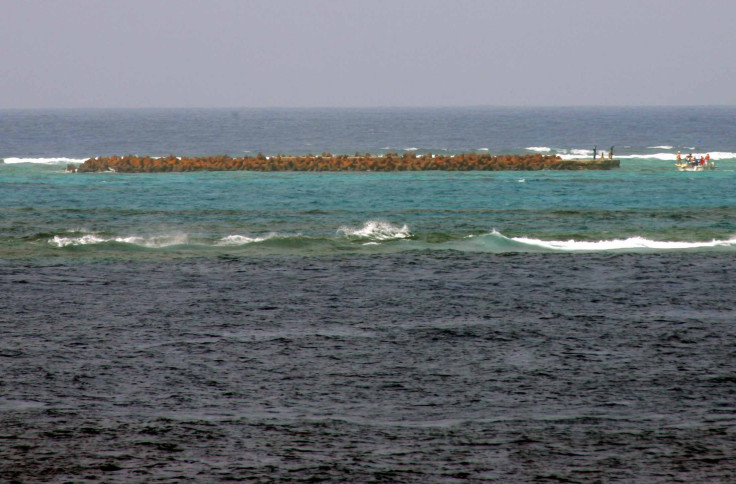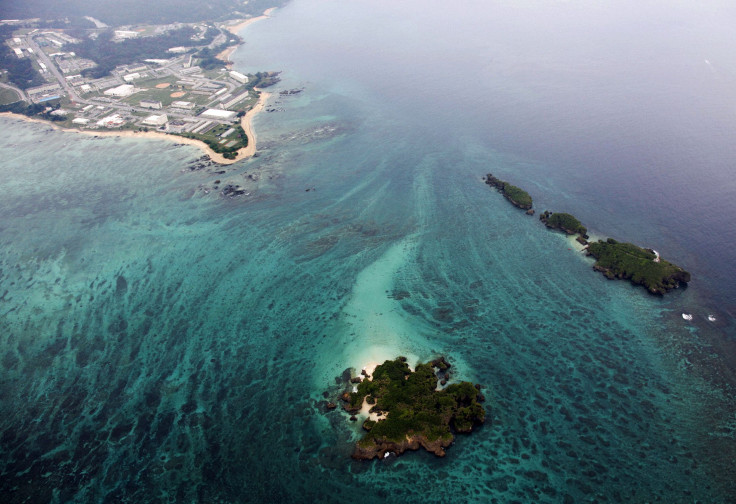Amid Chinese Territory Disputes, Japan To Grow An Island Out of Coral

While China’s manmade islands have become a source of tension in the South China Sea territory disputes, Japan has been attempting to bolster its own military and territorial advantages by growing an island out of coral, Financial Times reported.
The island of Okinotorishima, meaning “distant bird island,” resides in the Philippine Sea mostly below sea level, with just two small areas protruding during high tide. While China insists the the area is no more than a rock, the Japanese government has funneled more than $600 million over the past 30 years to prevent its disappearance as climate change spurs rising sea levels, Asia Times reported.
The Deep Seawater Research Institute on the island of Kumejima houses a greenhouse containing a bathtub full of growing baby coral. Workers brought the coral from Okinotorishima and harvested eggs, and hope to transplant the coral back to the atoll after they grow in a lab for about a year. For Japan, the benefits of regrowing the island are twofold: Researchers are keen to find a solution for the world’s rapidly disappearing coral reefs, and the Japanese government seeks to preserve its only landmass in the area, which creates a 200-mile exclusive economic zone and solidifies the country’s control over those waters.

“Our experiments with planting coral on Okinotorishima are ongoing,” Makoto Omori, an emeritus professor at the Tokyo University of Marine Science and Technology, told FT. “We’ve made progress in expanding the area of coral planted, but the death rate of the transplanted coral is high, so we can’t yet say the amount of coral on the island is increasing.”
To be considered a true island, Article 121 of the United Nations' Convention on the Law of the Sea says the area of land must be “naturally formed” and above water during high tide, and does not include “rocks which cannot sustain human habitation or economic life of their own,” which rules out the manmade islands China has created with sand and concrete. Japan is hoping to argue that regrown coral on Okinotorishima will mean the island is “naturally formed.”
© Copyright IBTimes 2024. All rights reserved.











